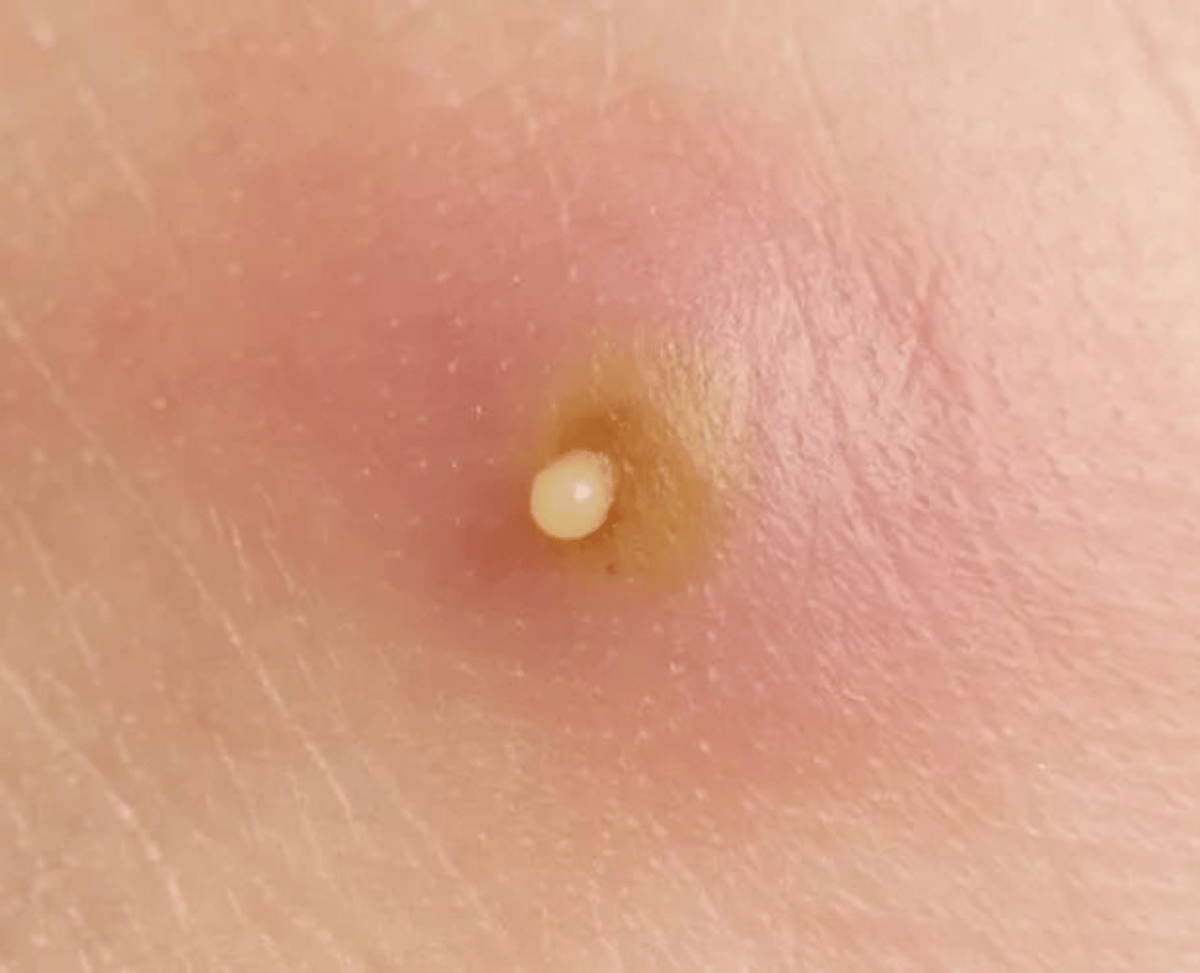Boils

Boils, also known as furuncles, are painful, pus-filled lumps that form beneath the skin’s surface due to bacterial infections. They typically start as red, tender, swollen areas and eventually develop into a firm lump filled with pus. Boils can occur anywhere on the body and can be quite uncomfortable. Here’s how to treat and manage boils:
1. Warm Compress: Apply a clean, warm, damp cloth or a warm compress to the affected area for 20-30 minutes several times a day. This can help promote drainage and relieve pain.
2. Keep it Clean: Clean the affected area with mild soap and water regularly to prevent further infection. Avoid scrubbing or picking at the boil, as this can worsen the infection.
3. Over-the-Counter Pain Relievers: Non-prescription pain relievers like ibuprofen or acetaminophen can help alleviate pain and reduce inflammation.
Boils: Causes, Symptoms, Treatment, and Prevention
- Compromised Immune System: Conditions or medications that weaken the immune system can make individuals more susceptible to infections, including boils.
- Close Contact: Sharing personal items or close contact with someone who has a boil or a staph infection can increase the risk of transmission.
Boils, also known as furuncles, are painful, red, swollen lumps that develop on the skin. They are typically caused by a bacterial infection in a hair follicle or oil gland. In this article, we will explore the causes, symptoms, treatment, and prevention of boils.

Causes of Boils:
Boils are primarily caused by a bacterial infection, with the most common culprit being Staphylococcus aureus. The infection occurs when bacteria enter a hair follicle or oil gland, leading to inflammation and the formation of a painful lump. Several factors can contribute to the development of boils, including:
Symptoms of Boils:
The signs and symptoms of boils include.
Close Contact: Sharing personal items or close contact with someone who has a boil or a staph infection can increase the risk of transmission.
Fever: In some cases, individuals with boils may develop a fever, especially if the infection is severe.
Warm Compress: Applying a warm, moist compress to the boil can help promote drainage and relieve pain. Do not attempt to squeeze or pop the boil, as this can worsen the infection.
Antibiotics: If the boil is large, persistent, or associated with a fever, a healthcare provider may prescribe antibiotics to treat the underlying bacterial infection.
